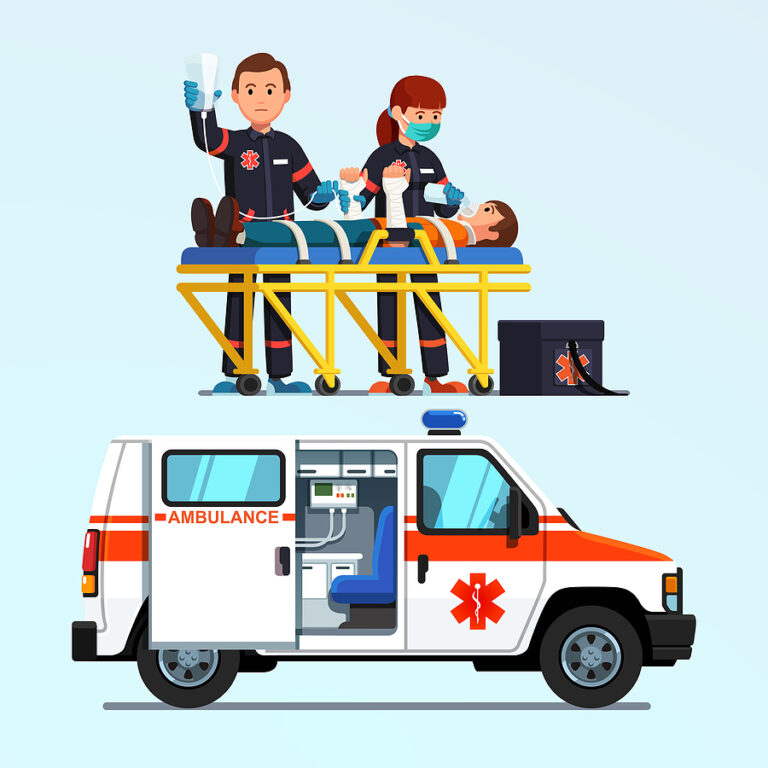
There are four types of nationally recognized emergency responders. Three of these have been categorized as emergency medical technicians at some point in time.
The classification of EMTs changed over the last several years. And as a result there may be some confusion with regard to the different types of EMTs. Nationwide, per the National Registry of EMTs there is only one type of EMT: that of the Emergency Medical Technician. However, there are four levels of emergency medical professionals who can be considered nationally recognized. These include the Emergency Medical Responder (EMR), Emergency, Medical Technician (EMT), Advanced Emergency Medical Technician (AEMT), and Paramedic.
Types of EMTs Recognized Nationally
Emergency Medical Responder (EMR)
Emergency Medical Technician (EMT)
The EMR receives an introductory level first responder course. The class to become an Emergency Medical Responder is similar to the former class, entitled First Responder. This is a very basic course, which usually consists of approximately 60 to 80 hours of instruction and provides extensive information on first aid techniques. Many first responders will utilize the course for general knowledge, as a safety officer in their profession, and as ambulance, drivers and firefighters. The Emergency Medical Responder course is a good introduction to the emergency services field. Generally, Emergency Medical Responders who function as ambulance, drivers, or firefighters work in rural areas. Typically municipalities require that a person be Emergency Medical Technician certified in order to work on an ambulance.
The Emergency Medical Technician is a basic emergency services, professional, who responds to emergencies and non-emergencies to treat the sick and injured. EMTs are able to assist in all the areas that a First Responder / EMR may assist plus can work independently within their defined scope of practice. Typically an Emergency Medical Technician is defined by their respective state as far as their scope of practice is concerned and this generally lines up with national requirements for the NREMT. EMTs usually receive about 130 to 200 hours of training prior to being able to become certified. EMTs are also permitted to provide some patients with emergency, life-saving drugs, but only on a very basic level.
Advanced EMT (AEMT)
Paramedic
Formerly AEMTs were known as EMT-Intermediates (EMT-I). The a EMT course bridge is a gap between EMT and Paramedic. It is an intermediate course as well as everything an EMT is permitted to do and know as well as many Paramedic skills and scopes of practice. The NREMT designed the AEMT to function in a capacity, which is very similar to that of a Paramedic, with less education. Typically, the AEMT receives approximately 150-250 hours of additional instruction (after becoming an EMT) prior to being certified as an a EMT.
A Paramedic is considered the top-tier of emergency responders nationally. Paramedics receive training and all of the previous levels discussed as well as additional theory and anatomy and physiology training to help improve patient outcomes. Paramedics are required to be an EMT first and typically require 1000 hours or more of additional instruction prior to becoming certified. They typically work as the lead on an ambulance or fire truck on medical calls, if the fire department offers primary emergency medical services to the public.
Now that you have read about the different types of EMTs, why not get your career started? Take a look at our course offerings and consider registering for an EMT class today.
